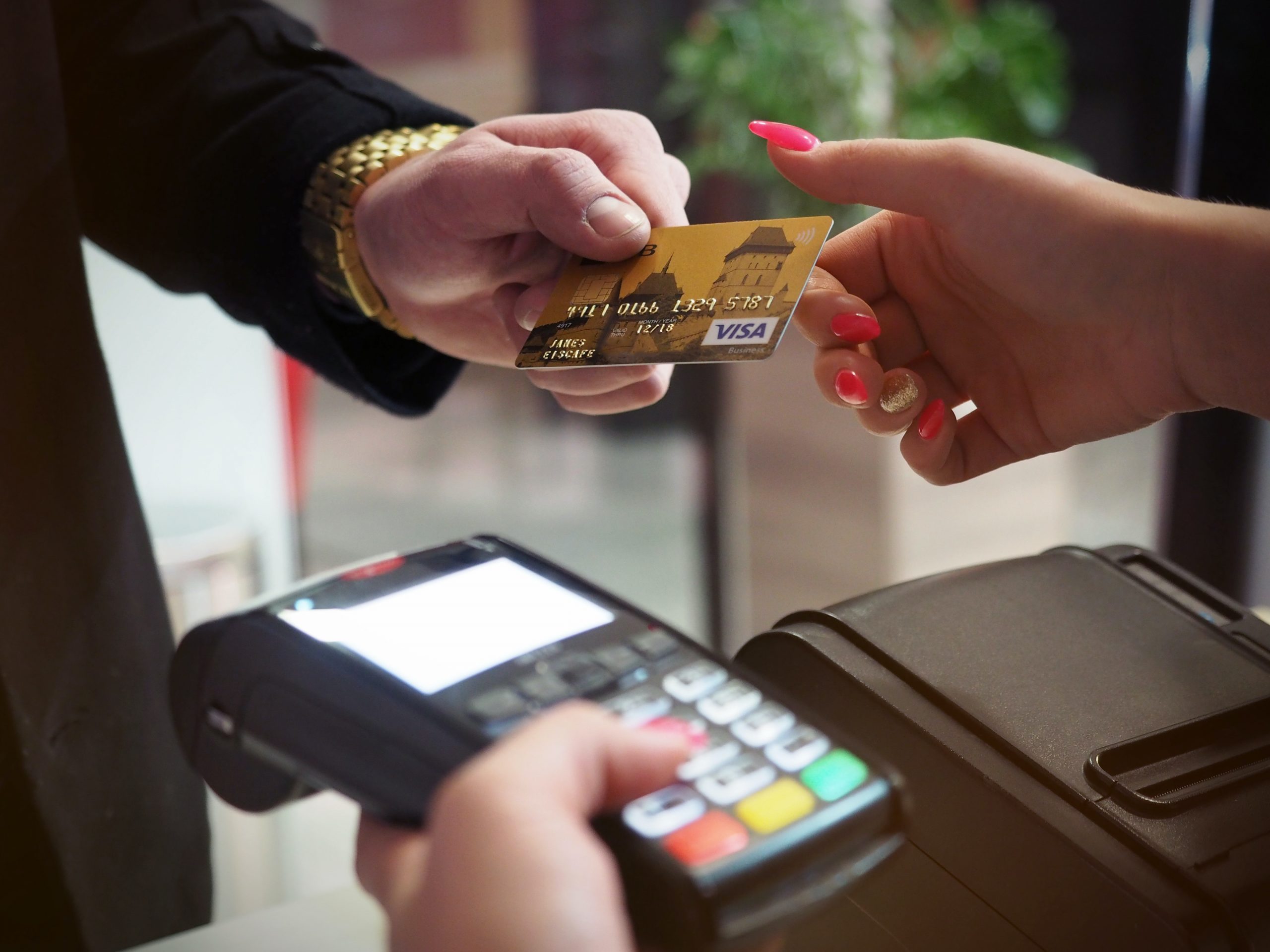Nigerians’ Expenditure On Utility Bills Hits N1.69tn
According to data from the Nigeria Inter-Bank Settlement System, Nigerians have spent N1.69 trillion electronically on utility bills in the first seven months of 2022
The utility bills include payments like power, Pay TV subscriptions, and other everyday utilities in households.
This is a 32.06 per cent increase from the N1.28tn that was electronically spent on utilities in the corresponding period of 2021.
This figure indicates an increasing acceptance of electronic channels for bills payment by Nigerians.
The NIBSS defines e-bill pay channel as an accessible and seamless account-based electronic bill payment channel with online real-time transaction reporting, biller notification, and easy reconciliation.
It said, “e-BillsPay is an electronic bill payment platform that facilitates the payment of Bills, Fees, Levies, Premiums and Subscriptions, etc. by the banking public through electronic payment channels provided and managed by banks.”

It added that the payment gateway worked by allowing billers to validate data and notification of successful payments before connecting to the bank for customers to view a list of billers and payment receipts after a successful transaction.
Its touch points include: bank branches, internet banking, mobile banking and USSD, and agent network. While data reveal that payment value has increased, they also show that volume has decreased.
In the first seven months of 2022, the e-bill pay platform was used 562,030 times, which was a 24.16 per cent decrease from the 741,081 times it was used in the corresponding period of 2021.



